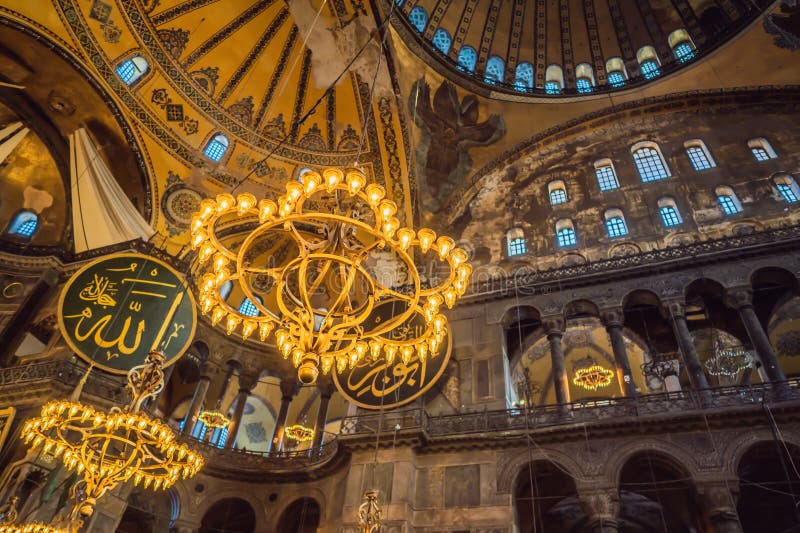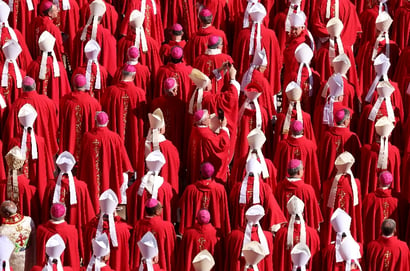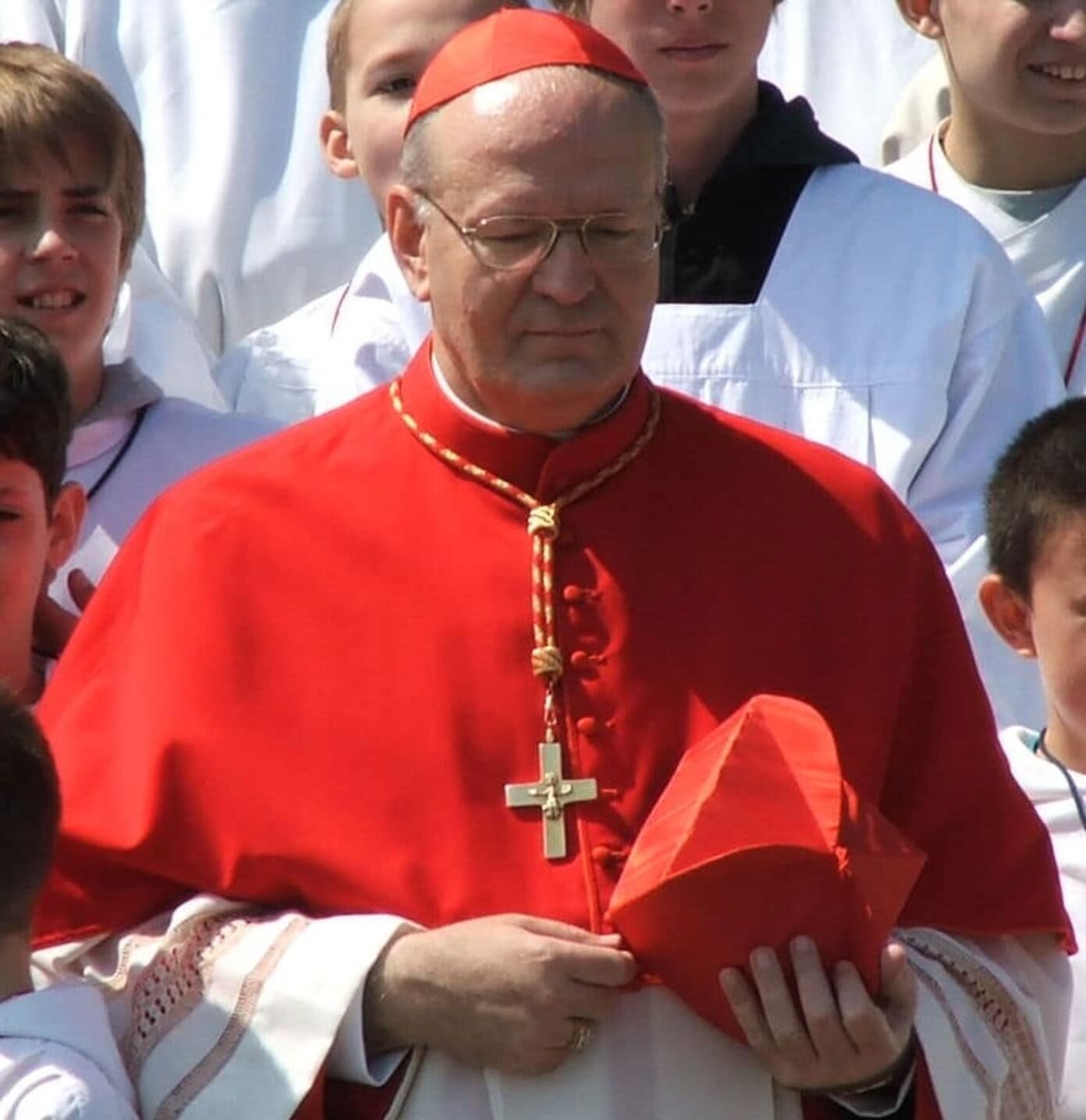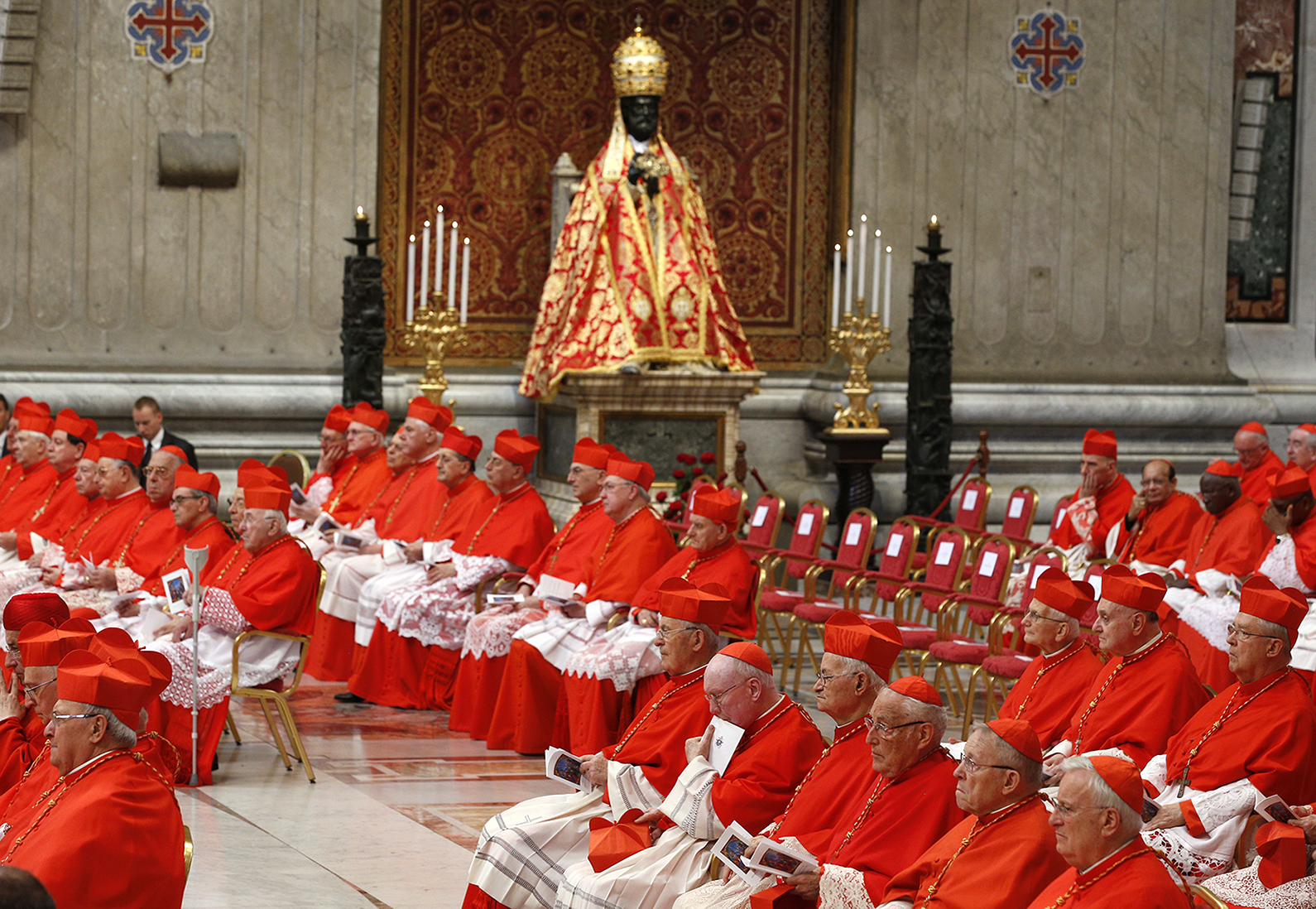Hagia Sophia: From Byzantine Icon To Ottoman Landmark

Table of Contents
The Byzantine Era: The Hagia Sophia as a Cathedral
Construction and Architectural Marvels
The Hagia Sophia, meaning "Holy Wisdom," was commissioned by the ambitious Byzantine Emperor Justinian I in the 6th century CE. Its construction in Constantinople (modern-day Istanbul) was a monumental undertaking, showcasing the pinnacle of Byzantine architecture. The project, completed in just five years, utilized innovative techniques that redefined dome construction. The use of pendentives – triangular supports – allowed the massive dome to rest on four piers, a feat of engineering unparalleled at the time.
- Innovative Techniques: The Hagia Sophia's dome, a breathtaking masterpiece of engineering, was the largest in the world for centuries. Its construction employed pendentives and massive supporting arches, demonstrating a mastery of structural mechanics.
- Material Sourcing: Construction materials, including marble, bricks, and porphyry, were sourced from across the vast Byzantine Empire, highlighting the empire's immense resources and reach.
- Byzantine Architecture's Influence: The building's design significantly influenced Byzantine architecture and inspired countless imitations throughout the centuries. Its grandeur continues to inspire awe and wonder.
Religious Significance and Artistic Treasures
Beyond its architectural marvels, the Hagia Sophia held immense religious significance as the main cathedral of the Byzantine Empire. It served as the center of Eastern Orthodox Christianity for nearly a thousand years. Its interior was once adorned with breathtaking mosaics and icons, many depicting biblical scenes and important figures of the Byzantine world. Unfortunately, many of these artistic treasures were destroyed or covered over during later conversions.
- Lost Masterpieces: While many mosaics have been uncovered and restored in recent decades, many others remain lost to history, representing an irreplaceable loss of Byzantine art.
- Religious Ceremonies: The Hagia Sophia hosted grand religious ceremonies, attracting pilgrims and dignitaries from across the empire, a testament to its importance as a sacred center.
- Byzantine Mosaics: The surviving mosaics are exquisite examples of Byzantine art, showcasing vibrant colors, intricate detail, and religious symbolism. These remaining pieces offer a glimpse into the building's former splendor.
The Ottoman Era: The Hagia Sophia as a Mosque
The Conquest of Constantinople and the Conversion
The Ottoman conquest of Constantinople in 1453 marked a pivotal moment in history. Sultan Mehmed II, after securing victory, made the strategic decision to transform the Hagia Sophia into a mosque. This conversion reflected the shift in power and the establishment of Ottoman dominance. Significant alterations were made to adapt the structure for Islamic worship.
- Architectural Adaptations: The addition of minarets – slender towers from which the call to prayer is made – became a defining feature of the Hagia Sophia's new identity. A mihrab, a niche indicating the direction of Mecca, was also added.
- Ottoman Conquest: The fall of Constantinople and the conversion of the Hagia Sophia symbolized the transition of power from the Byzantine Empire to the Ottoman Empire.
- Symbolism of Change: The conversion of the Hagia Sophia into a mosque was a powerful statement reflecting the new religious and political order under Ottoman rule.
Preservation and Additions
While adapting the Hagia Sophia for Islamic worship, the Ottomans also demonstrated a remarkable commitment to preserving the building's structural integrity. They undertook significant renovations and repairs, while also adding elements consistent with Ottoman architectural styles.
- Ottoman Architecture: The Ottoman additions to the Hagia Sophia, while significant, were carefully integrated into the existing structure, demonstrating a respect for the building's Byzantine heritage.
- Minarets and Other Features: The four minarets added during the Ottoman period represent a key addition to the Hagia Sophia's architectural landscape, reflecting its new function as a mosque.
- Continued Maintenance: The Ottomans’ ongoing maintenance and renovations ensured that the Hagia Sophia remained a structurally sound and impressive landmark.
Hagia Sophia Today: Museum and Beyond
Modern History and Changing Status
Throughout much of the 20th century, the Hagia Sophia functioned as a museum, open to visitors from around the world. However, in recent years, its status has once again undergone a transformation, highlighting the ongoing debate surrounding its religious and cultural significance. Its designation as a UNESCO World Heritage Site underscores its global importance.
- UNESCO World Heritage Site: This designation recognizes the Hagia Sophia's outstanding universal value and its importance as a symbol of both Byzantine and Ottoman legacies.
- Symbol of Cultural Heritage: The Hagia Sophia continues to be a powerful symbol of cultural heritage, representing the intersection of Byzantine and Ottoman civilizations.
- Ongoing Debate: The ongoing debates surrounding the Hagia Sophia's status highlight the complexities of religious freedom, cultural preservation, and historical interpretation.
Visiting the Hagia Sophia
The Hagia Sophia stands as a must-see destination for visitors to Istanbul. Plan your visit carefully to fully appreciate this remarkable landmark.
- Practical Information: Check the official website for the most up-to-date information on opening hours, ticket prices, and any potential restrictions.
- Avoiding Crowds: Consider visiting early in the morning or later in the afternoon to avoid the largest crowds.
- Istanbul Travel Guide: Many travel guides and websites provide detailed information on visiting the Hagia Sophia and other attractions in Istanbul.
Conclusion:
The Hagia Sophia's journey from a magnificent Byzantine cathedral to a grand Ottoman mosque, and its subsequent time as a museum, showcases its remarkable resilience and its enduring significance. Its architectural innovations, its artistic treasures, and its ever-evolving status make it a symbol of cultural exchange and the interwoven histories of empires. Explore the rich history of the Hagia Sophia and discover its enduring legacy – a true testament to human ingenuity and cultural exchange. Plan your visit to this magnificent landmark today!

Featured Posts
-
 Cassidy Hutchinsons Fall Book Release Insights Into The January 6th Hearings
Apr 29, 2025
Cassidy Hutchinsons Fall Book Release Insights Into The January 6th Hearings
Apr 29, 2025 -
 Nba Disciplines Anthony Edwards With 50 K Fine For Inappropriate Conduct
Apr 29, 2025
Nba Disciplines Anthony Edwards With 50 K Fine For Inappropriate Conduct
Apr 29, 2025 -
 Georgian Man Arrested For Allegedly Setting Wife On Fire In Germany
Apr 29, 2025
Georgian Man Arrested For Allegedly Setting Wife On Fire In Germany
Apr 29, 2025 -
 Mengenal Sejarah Porsche 356 Dari Zuffenhausen Ke Dunia
Apr 29, 2025
Mengenal Sejarah Porsche 356 Dari Zuffenhausen Ke Dunia
Apr 29, 2025 -
 Rethinking Middle Management Their Essential Contribution To Business Growth
Apr 29, 2025
Rethinking Middle Management Their Essential Contribution To Business Growth
Apr 29, 2025
Latest Posts
-
 Possible Next Pope Analyzing The Leading Contenders
May 12, 2025
Possible Next Pope Analyzing The Leading Contenders
May 12, 2025 -
 Predicting The Papacy Analyzing The Top Contenders After Pope Francis
May 12, 2025
Predicting The Papacy Analyzing The Top Contenders After Pope Francis
May 12, 2025 -
 Factbox Potential Successors To Pope Francis
May 12, 2025
Factbox Potential Successors To Pope Francis
May 12, 2025 -
 The Next Pope Examining The Leading Candidates To Succeed Francis
May 12, 2025
The Next Pope Examining The Leading Candidates To Succeed Francis
May 12, 2025 -
 The Next Pope 9 Cardinals Who Could Lead The Catholic Church
May 12, 2025
The Next Pope 9 Cardinals Who Could Lead The Catholic Church
May 12, 2025
